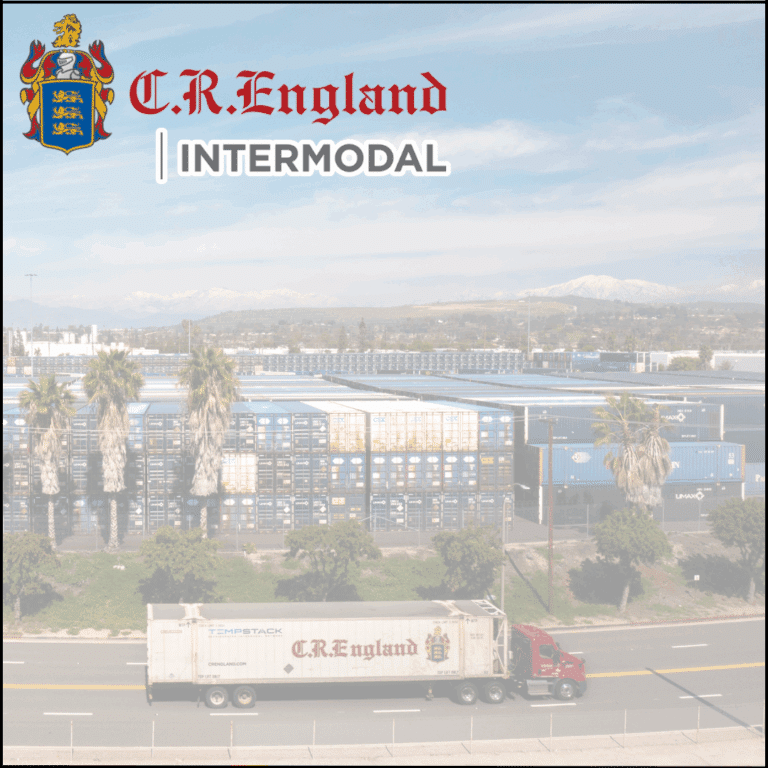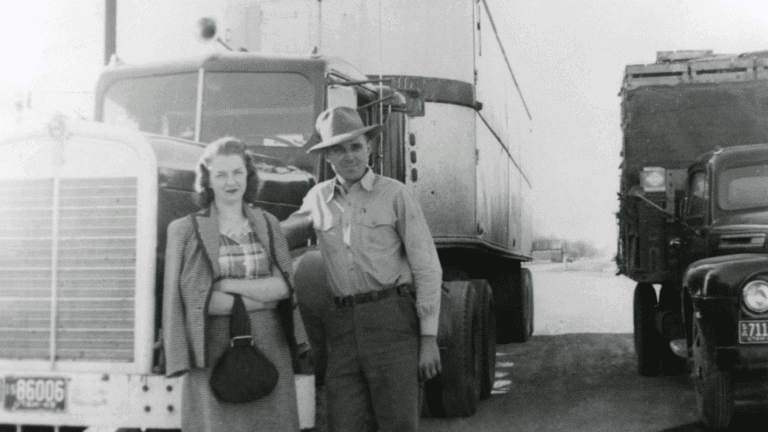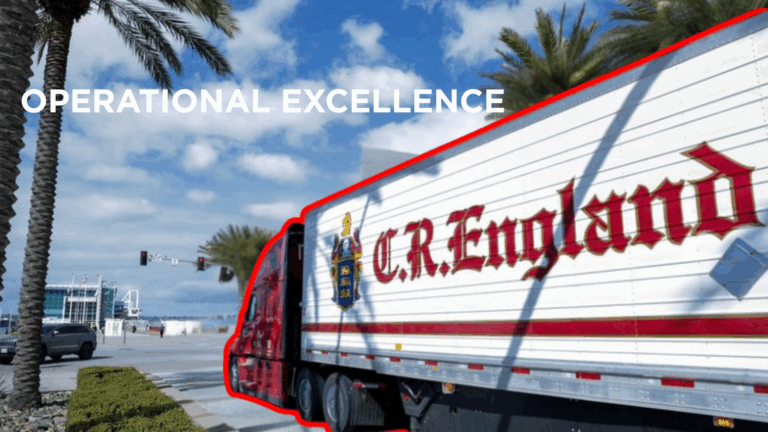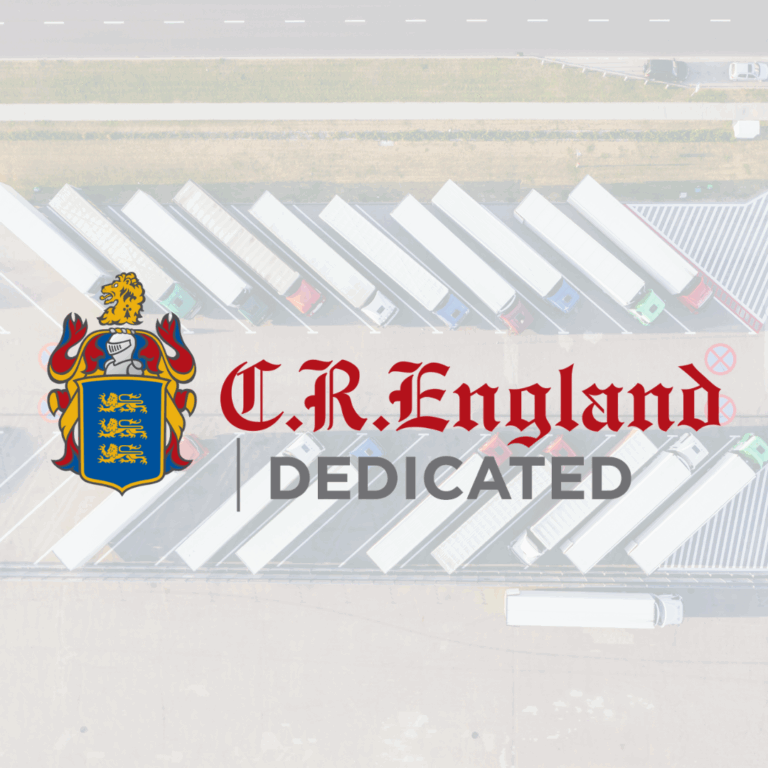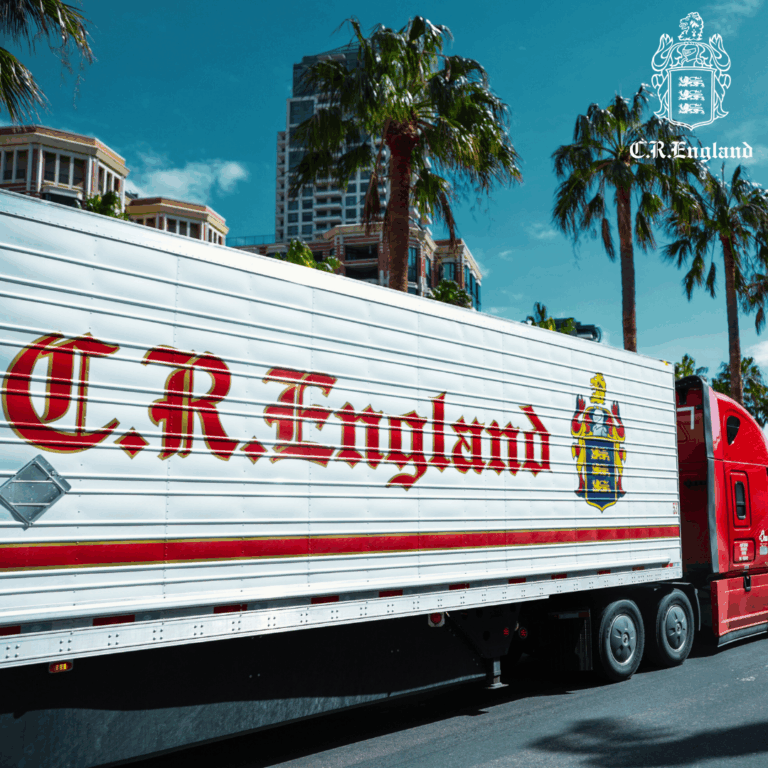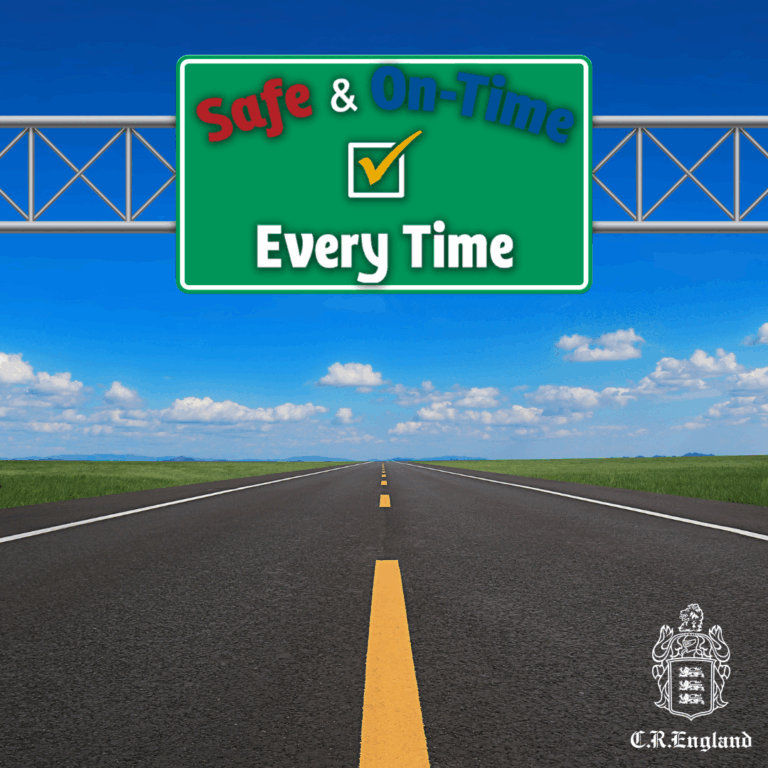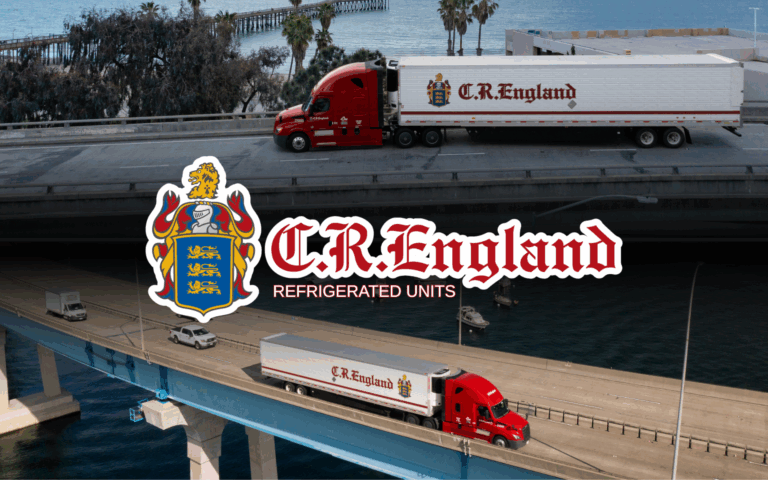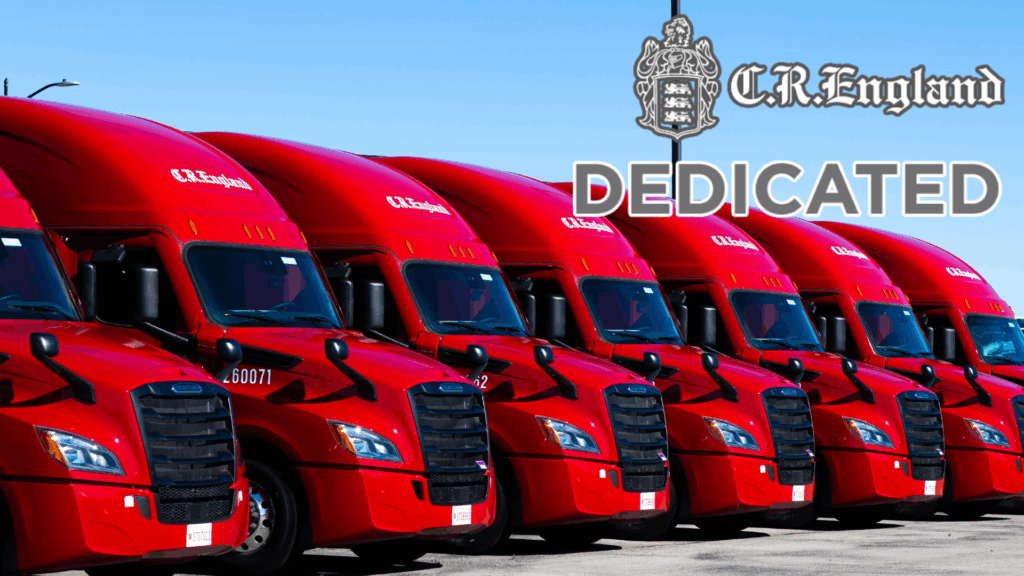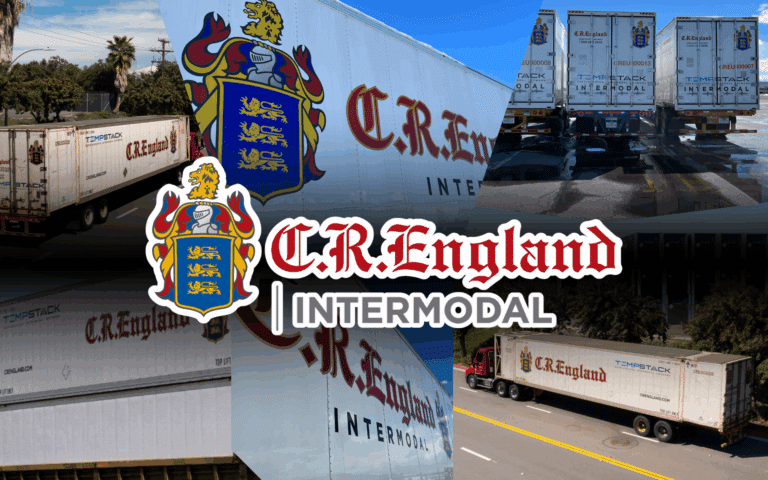Transitioning from Summer: Planning Your Fall Logistics Strategy

As the later summer months approach swiftly, the seasonal transition within supply chains can seem daunting. This transition is never just about the weather- it’s about shifting demand, tightening capacity, and preparing for the busiest shipping months of the year. Fall presents new logistical challenges, and proactive planning now can help you avoid costly disruptions later.
Whether you manage a national fleet, coordinate third-party logistics, or oversee warehousing and distribution, the key to success is staying ahead of seasonal changes. Here’s how to plan an effective fall logistics strategy.
1. Review and Reflect
Before you look forward, look back. Take time to evaluate your logistics operations over the last several months.
- Delivery Performance– Were your shipments consistently on time?
- Cost Management– Did freight costs stay within your price range?
- Capacity Utilization– Did you use resources efficiently, or were there periods of underutilization or congestion?
- Carrier Performance– Which partners delivered? Who struggled to meet expectations?
This analysis will help you identify gaps, spot trends, and build a stronger plan for the months ahead.
2. Understand Seasonal Demand Shifts
Fall brings significant shifts in consumer and business demand. Anticipate changes such as:
- Back to School & Retail Ramps: Increased shipments of school supplies, apparel, and electronics.
- Holiday Pre-Stocking: Retailers begin stocking shelves earlier than ever, driving up freight volumes.
- Agricultural Freight Peaks: Harvest season drives spikes in refrigerated and bulk shipments in certain regions.
- Regional Demand Variations: Weather changes impact buying habits, from winter gear to heating supplies.
Collaborate with your sales and procurement teams to build accurate, data-driven forecasts that account for these shifts.
3. Optimize Warehousing and Inventory Management
Warehouse operations are often strained during seasonal transitions. To prepare:
- Reassess Inventory Levels: Position products closer to key markets to reduce transit times.
- Plan for Labor Needs: Hire and train seasonal staff before the peak hits.
- Leverage Technology: Use warehouse management systems (WMS) to increase picking accuracy and reduce bottlenecks.
A streamlined warehouse operation will make it easier to manage the additional freight volume fall often brings.
4. Enhance and Enforce Communication
Effective fall logistics requires collaboration. Keep all stakeholders in the loop:
- Suppliers: Align on production and delivery timelines.
- Carriers: Share volume forecasts and lane expectations.
- Customers: Communicate early about potential delays or capacity limits.
Regular check-ins help ensure everyone is aligned and ready to adapt.
5. Incorporate Sustainability Goals
Fall is also a great time to revisit your sustainability initiatives. Consider:
- Load Consolidation: Reduce trips and emissions by maximizing trailer space.
- Intermodal Transport: Shift some freight to rail or other eco-friendly options.
- Sustainable Packaging: Use recyclable materials, especially for seasonal shipments.
Balancing efficiency with environmental responsibility can create long-term value for your business and brand.

Staying Ahead of the Curve
Transitioning from summer to fall doesn’t have to be stressful. With the right strategy, it can be a competitive advantage. It’s about more than avoiding problems, it’s about creating opportunities.
If you’d like help optimizing your fall logistics plan, connect with our team today to discuss capacity solutions, warehousing, seasonal freight strategies, and more!




